Guardians of the Andes: indigenous women leaders in conservation
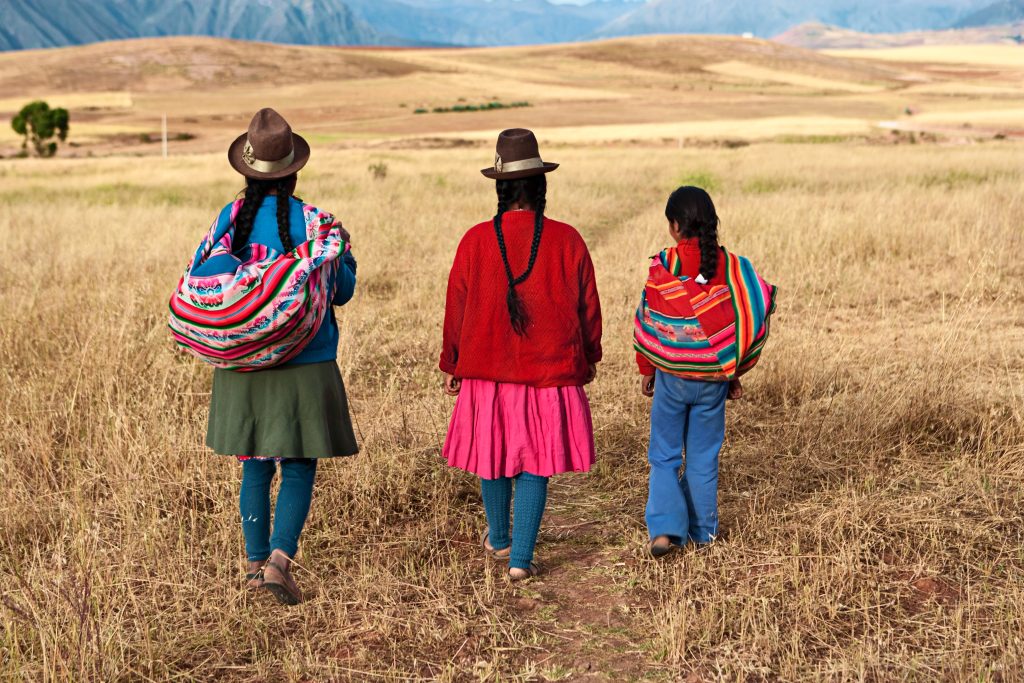
Women play a fundamental role in nature conservation. Their connection to the natural world is historic and undeniable, giving them a unique perspective on how, where, and why to protect it. More and more women, from different sectors such as academia and science, are making fundamental contributions to conservation.
Women play a fundamental role in nature conservation. Their connection to the natural world is historic and undeniable, giving them a unique perspective on how, where, and why to protect it. More and more women, from different sectors such as academia and science, are making fundamental contributions to conservation. In addition, there are also other equally important contributions that come from women of indigenous communities and nationalities who act from ancestral knowledge, experience, and love for Mother Earth.
This is the case of the hundreds of women involved in ecological restoration processes implemented in five Latin American countries through the Acción Andina program of our partner ECOAN, in Peru. Acción Andina is an initiative that focuses on the protection and restoration of high Andean ecosystems, in countries such as Colombia, Ecuador, Peru, Bolivia, Chile and Argentina. Founded in 2000 by Peruvian biologists, Acción Andina is a non-profit association that works to protect native forests and ecosystems in the Andean region. The organization has received international recognition such as the Earthshot Prize and has been named a UN World Restoration Flagship within the framework of the United Nations Decade for Ecosystem Restoration.
A fundamental part of the achievements and work implemented by Acción Andina have been thanks to the women belonging to surrounding communities. They have been involved in the production processes of native plants in community nurseries, and in other stages such as “planting” (restoration actions), and the protection of high Andean forests and ecosystems.
An example of the wonderful and inspiring work done by indigenous women are the “Warmi kewiñas“. A group of young Bolivian women who work as reforesters in Cocapata, Bolivia, together with the organization Faunagua and Acción Andina. These women lead ecological restoration actions by planting trees, especially variations of the Polylepis genus such as lanata, incana, pauta or racemosa, as appropriate in each region. Also known as kewiña, polylepis is an endemic tree of the Andes that grows at high altitudes and plays a crucial role in the ecosystem.
The conservation legacy of these women has transcended borders. In a report carried out by the German television network DW, Irma Vicente Fernández, a member of the Warmi kewiñas, highlights the importance of restoring the high Andean ecosystem using the kewiña, both to confront climate change and to ensure the provision of safe water for their community. For her, “it is important to take care of the planet and the plants.”
Another example of women leading conservation actions is found in the group of Ecuadorian nurseries “Raíces Nativas”. Together with our partner Aves y Conservación, the 12 nurseries work within the framework of the project financed by the Critical Ecosystem Partnership Fund “Involving communities for the conservation of the Black-breasted Puffer in Ecuador.” Work carried out in the KBA of Mindo and the western foothills of the Pichincha volcano. These women are involved in all phases of the project, from the implementation of the nurseries, plant care and planting campaigns that are carried out with the local communities of the sites where the restoration actions are implemented.
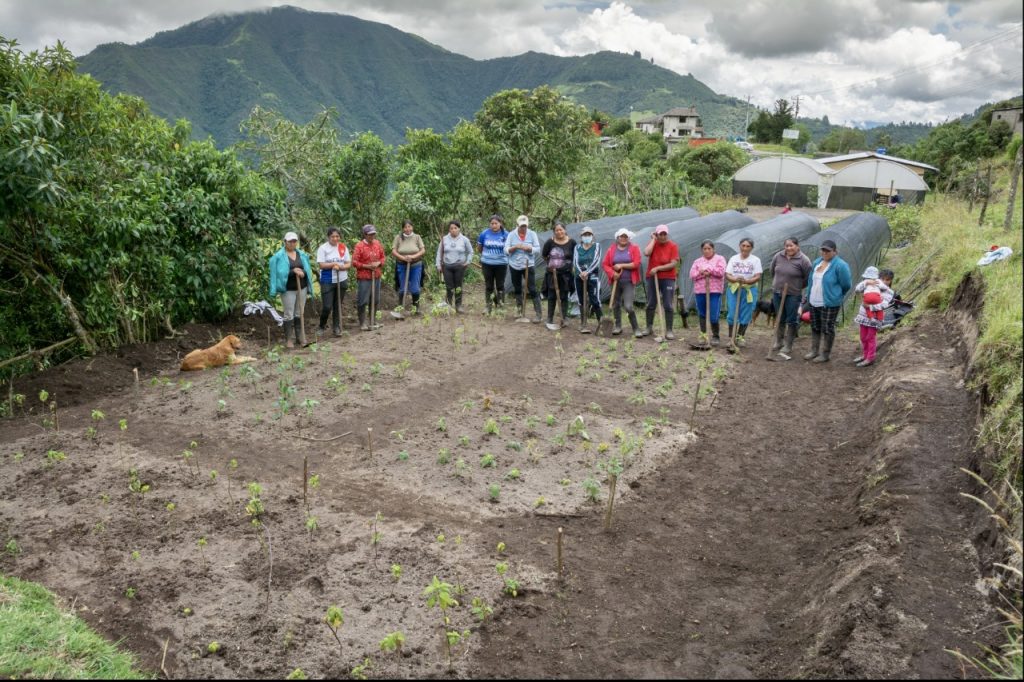
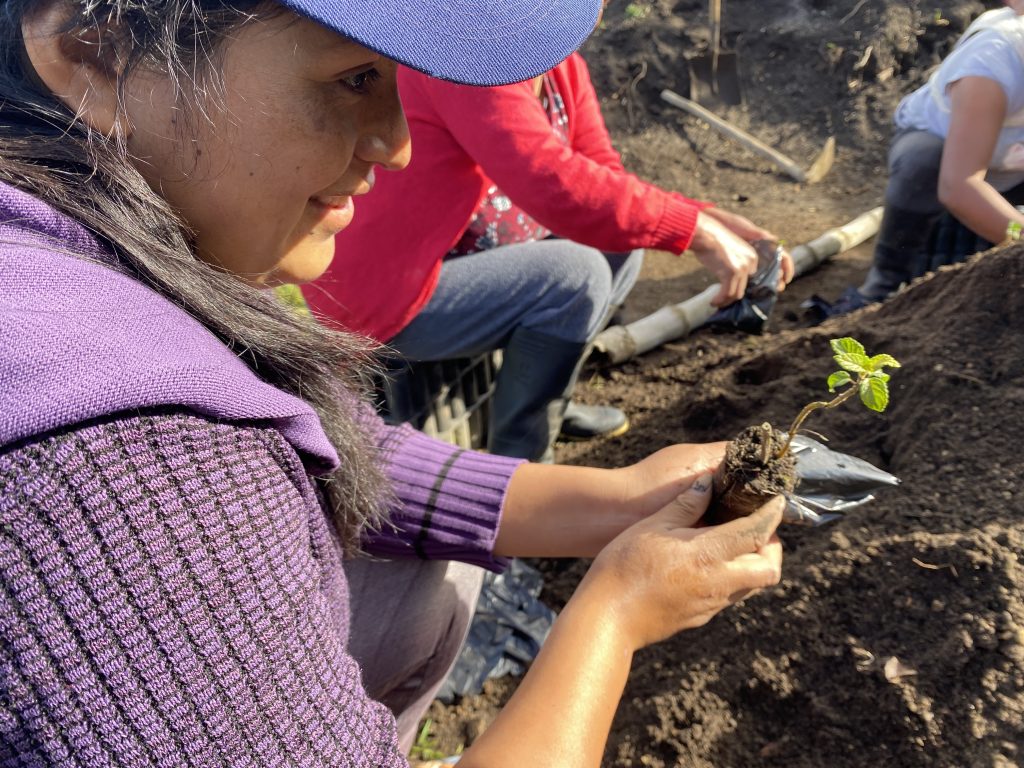
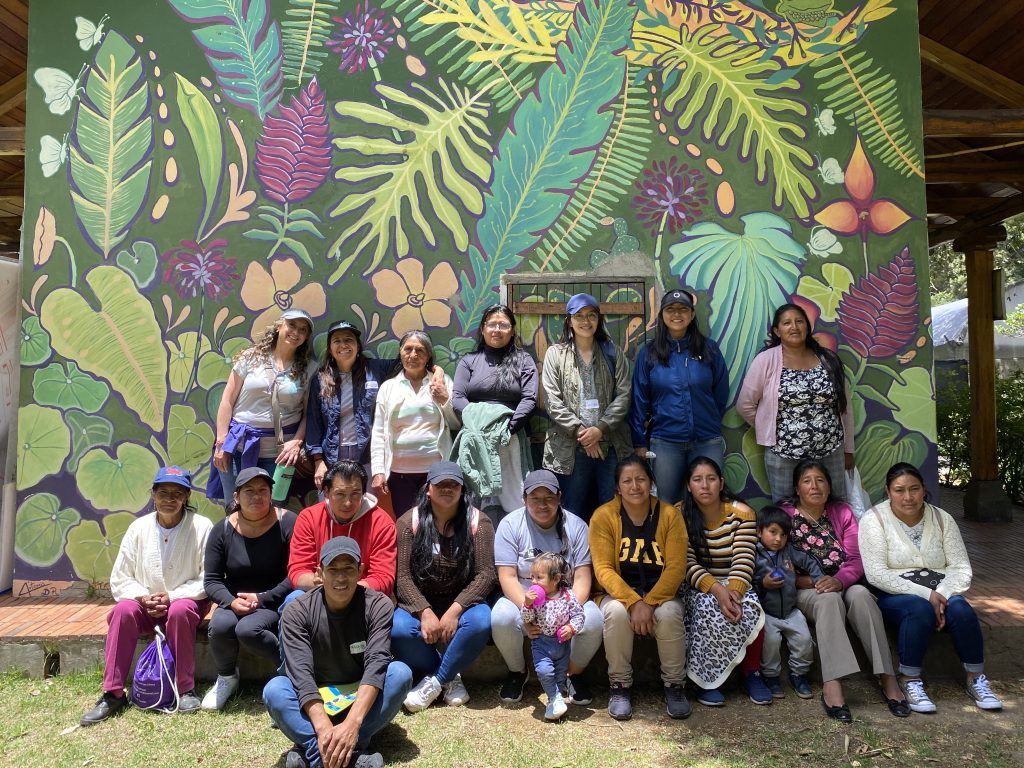
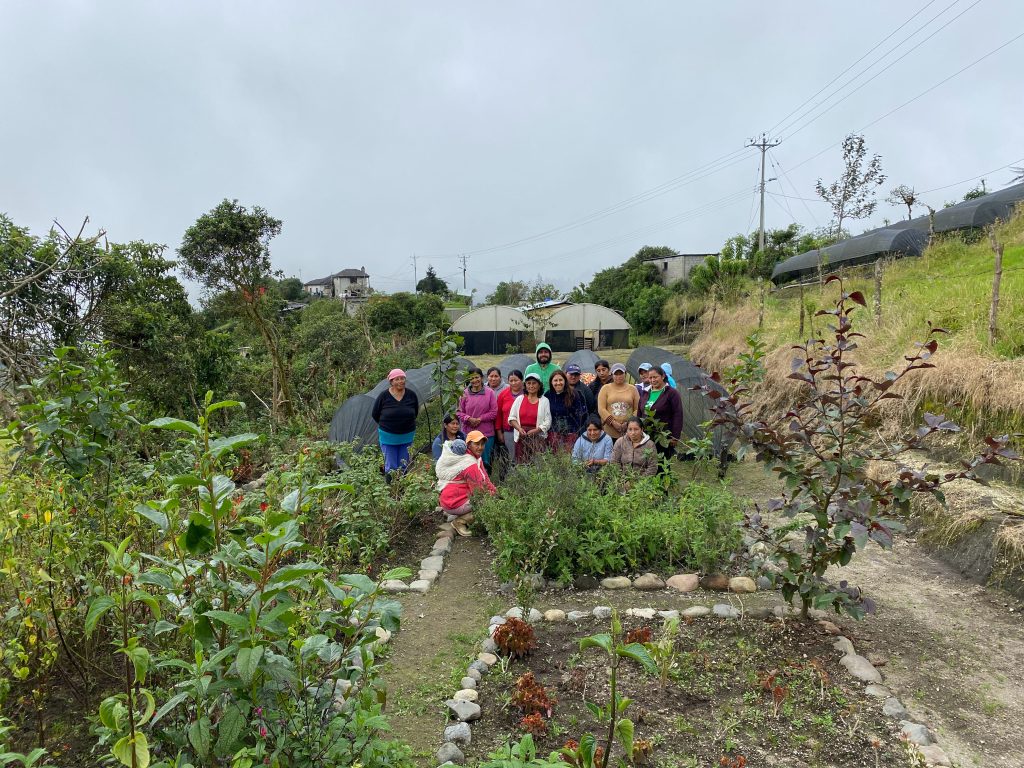
Drawing on examples like these, it is undeniable that women’s active involvement in environmental conservation is crucial to addressing the current challenges of climate change, biodiversity loss and pollution, to name a few. Your leadership and contributions are critical to ensuring an equitable and sustainable future for all.
Why is it important for women to be an active part of conservation?
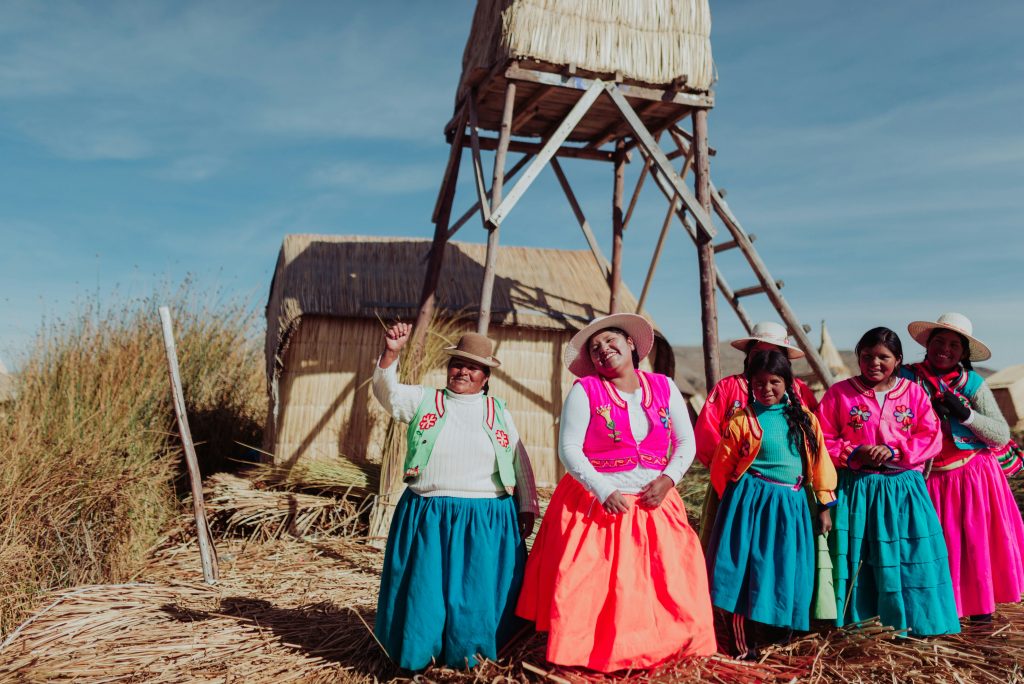
- * The gender perspective is essential to understand the links between land management, water, biological diversity, and air quality, and helps to identify inequality gaps between women and men.
- * Gender equality is essential to achieve sustainable and fair development, including nature conservation and adaptation and mitigation actions against climate change.
- * Women have unique knowledge and experience in the management of natural resources, being leaders in the conservation of indigenous cultures and local traditions.
- * Women’s participation in conservation can improve their economic security, health and nutrition.
- * Women have a great capacity for leadership and resilience; that are essential to address the climate crisis and the loss of biodiversity.
- * By including women in environmental conservation, a holistic perspective is enhanced, which strengthens the capacity to adapt to current and future environmental challenges.
Sources
- https://www.birdlife.org/news/2022/03/08/la-conservacion-no-tiene-genero/
- https://www.dicc.hegoa.ehu.eus/listar/mostrar/150.html
- https://genderandenvironment.org/es/the-importance-of-gender-equality-in-conservation-interview/
- https://lac.unwomen.org/es/digiteca/publicaciones/2019/05/mujeres-y-recursos-naturales
- https://lac.unwomen.org/es/stories/noticia/2022/12/las-mujeres-tienen-un-rol-clave-en-la-defensa-del-medio-ambiente-0